Cost to Serve Analysis—And the Costs of Neglecting It
Logistics Bureau
SEPTEMBER 4, 2023
Have you conducted a cost-to-serve (CTS) analysis for your enterprise? And that is the sole purpose of cost-to-serve analysis. If you were going to say, “What is a cost-to-serve analysis?” Only a complete cost-to-serve analysis will expose these underlying issues unless they happen to be discovered incidentally.

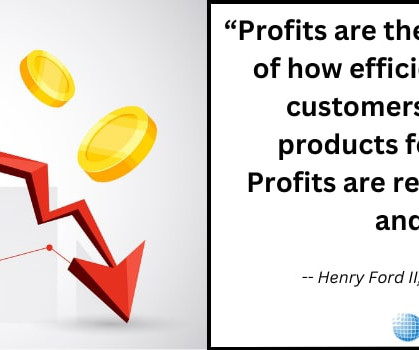
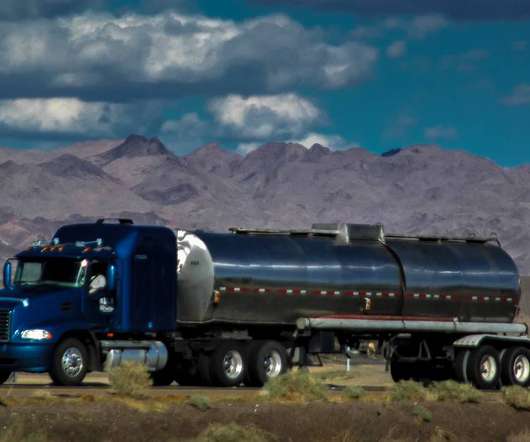
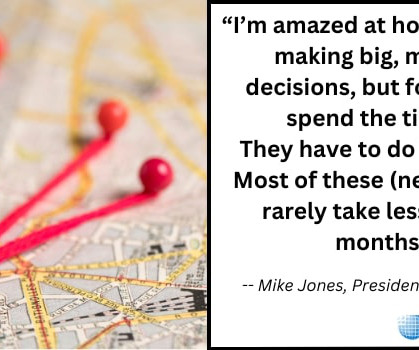


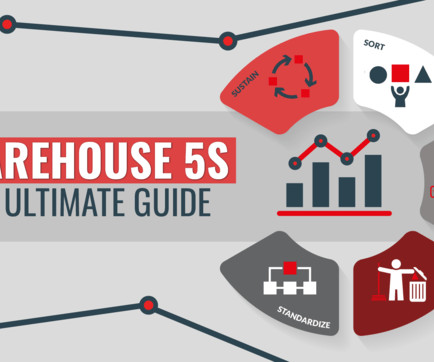
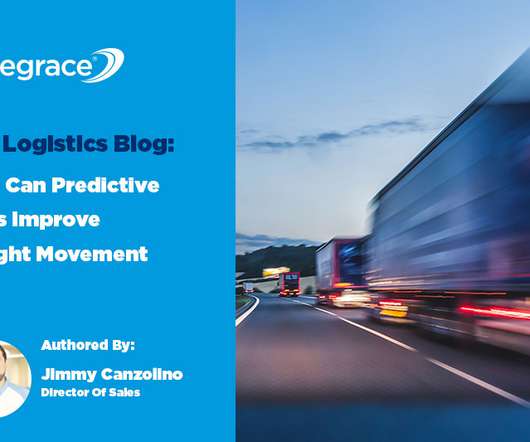
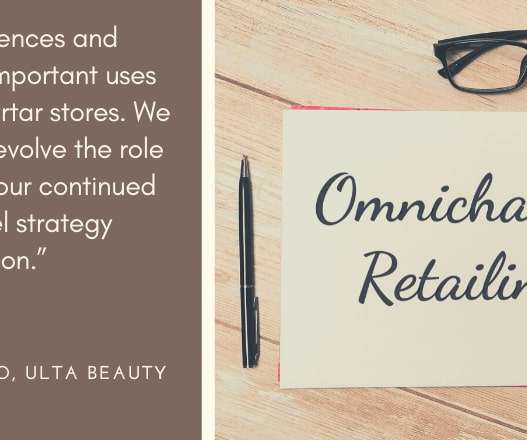
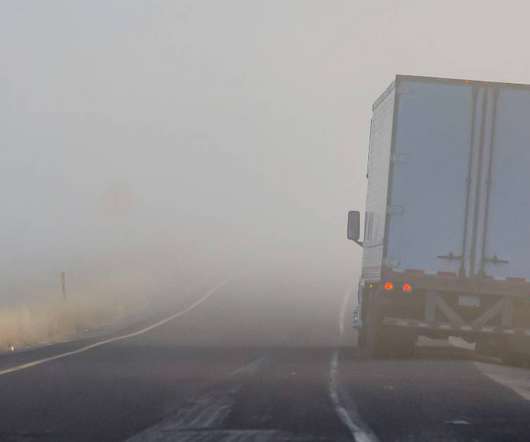
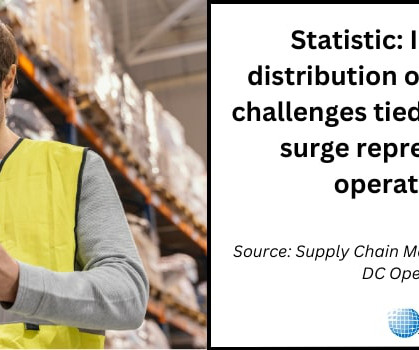


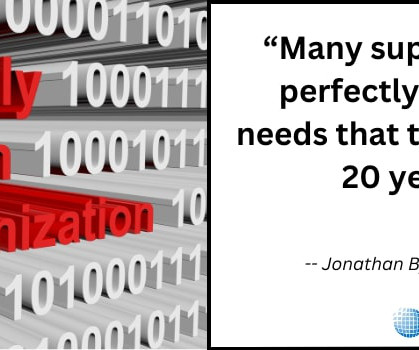












Let's personalize your content